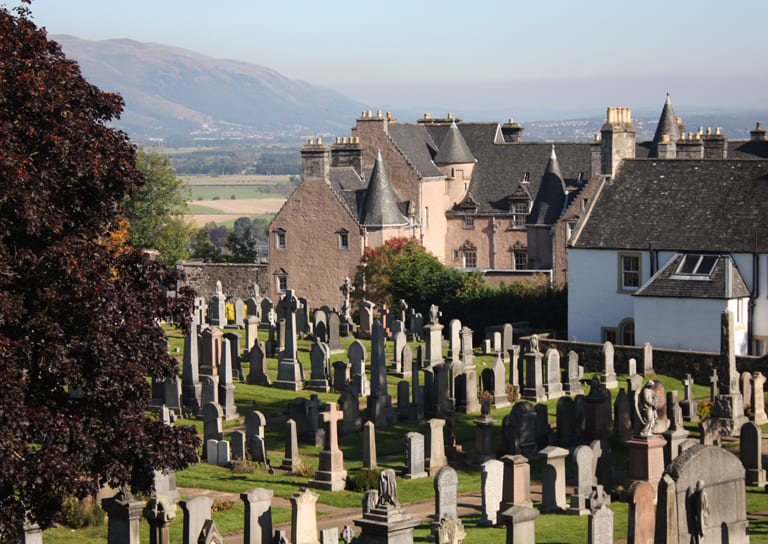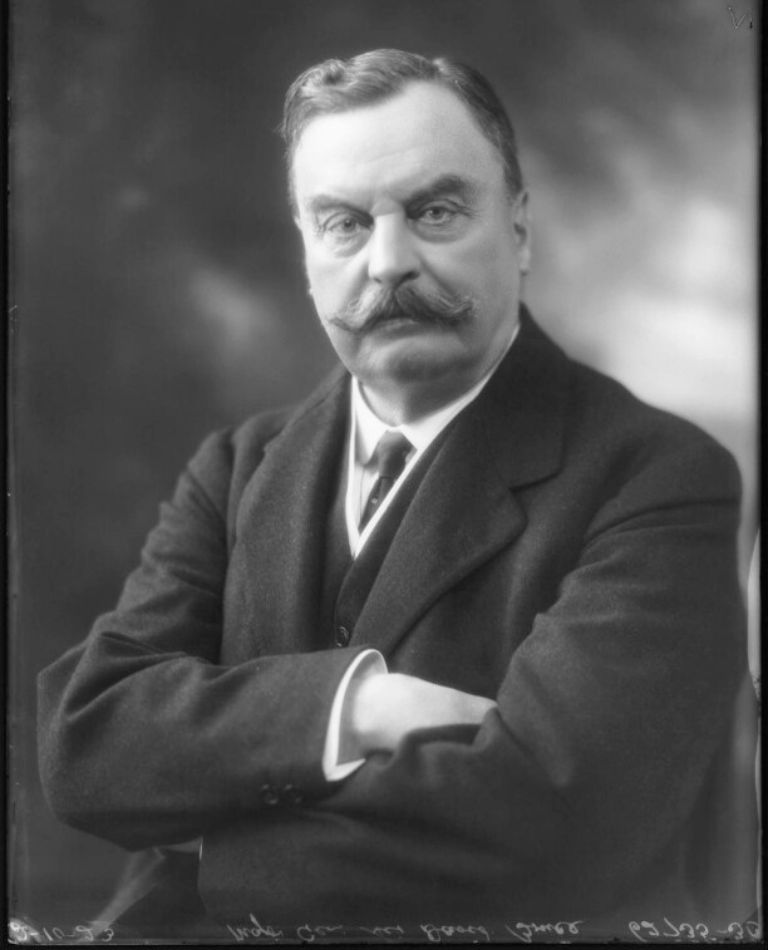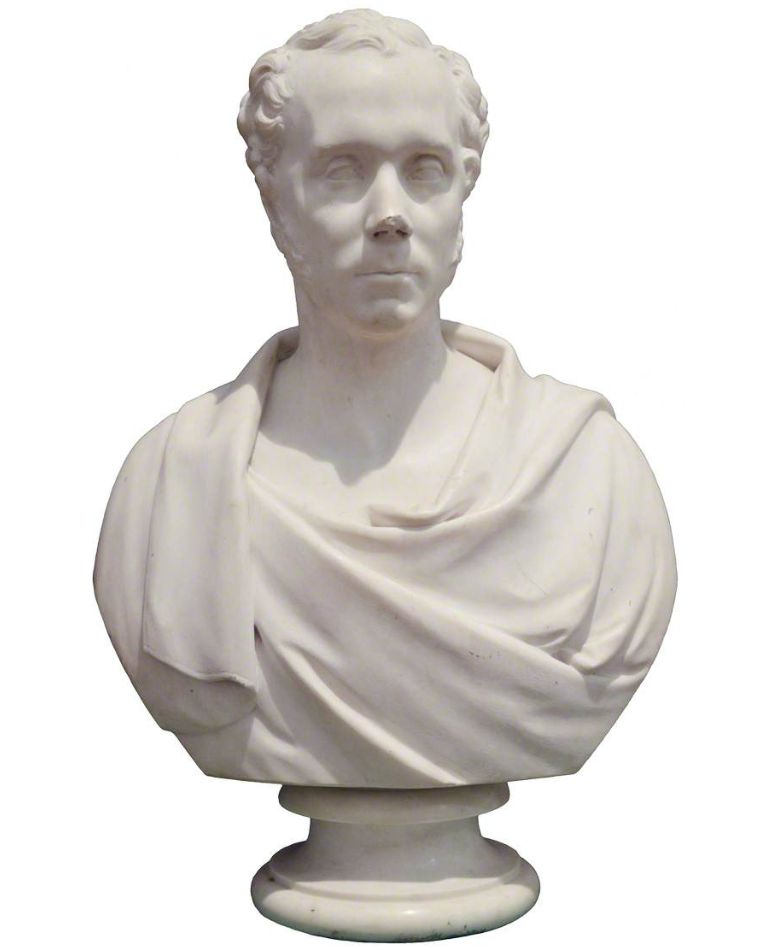- Home
- Our Work

- Stirling's Story

- Blog
- Beechwood House and the Transatlantic Slave Trade

- New Retrofit Service now available for Traditional Buildings Health Check Members

- Retrofitting Traditional Buildings: Chimneys

- SCHT 20: Championing Women in Construction
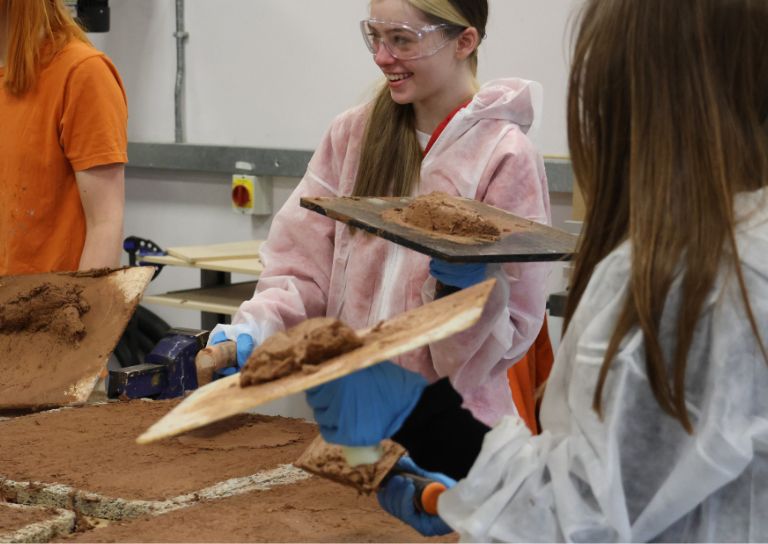
- Stirling's Lost Swimming Pools
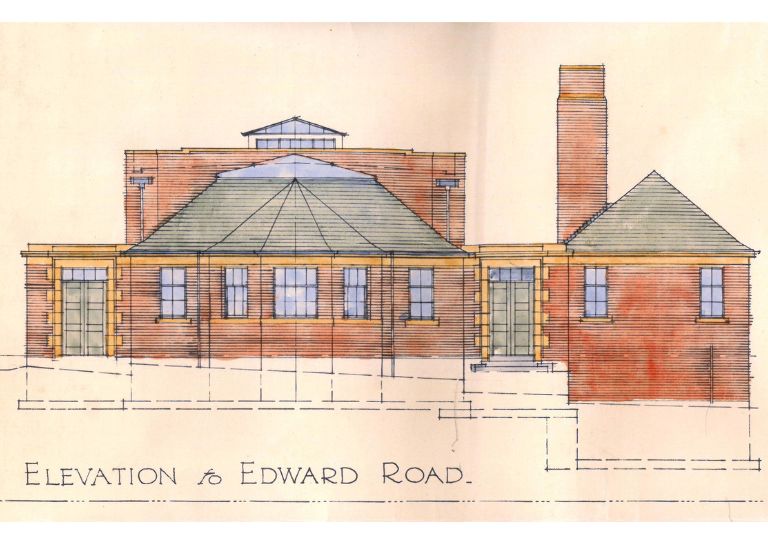
- Women in Construction at Bannockburn House
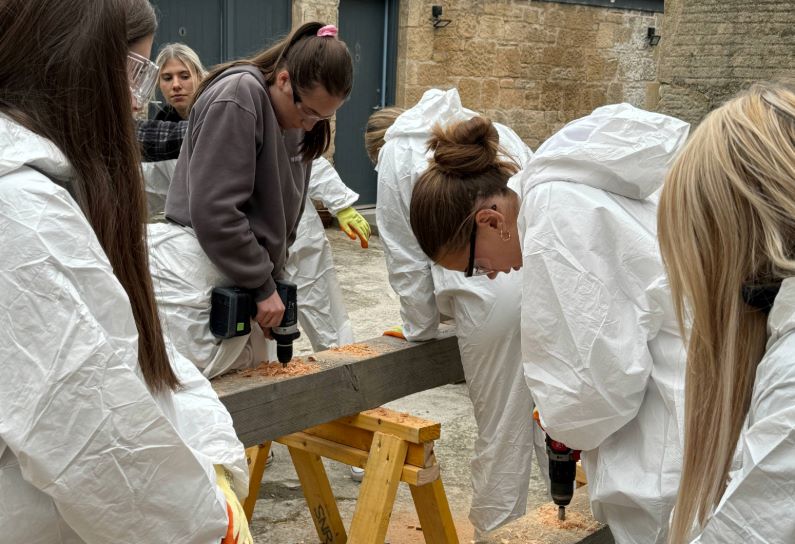
- Avenues to the Past: Stirling’s Historic Streets Exhibition

- Retrofitting Traditional Buildings

- Retrofitting Traditional Buildings: Windows

- Statement on Langgarth House

- Guest Blog: Dementia Friendly Heritage Interpretation
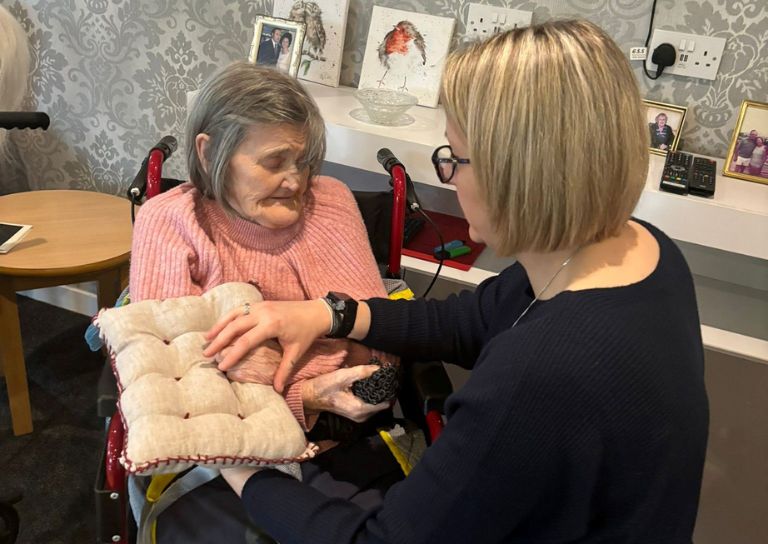
- SCHT Grant Conditions: Owners Associations
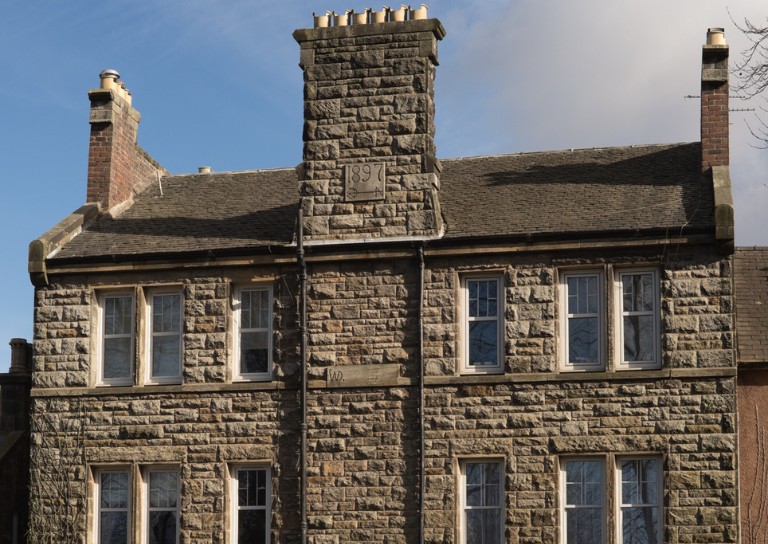
- Stirling Business Awards 2025

- What is a Conservation Area
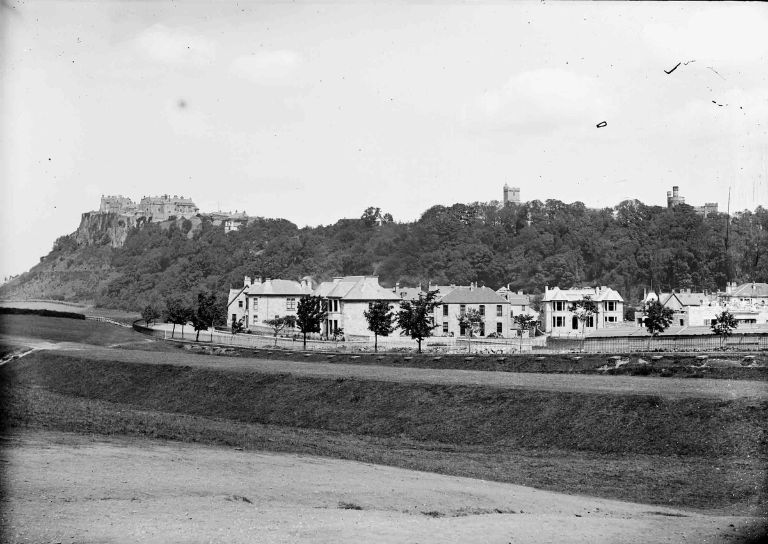
- 20 Great Buildings of Stirling

- Building Resilience: Maintaining Traditional Buildings

- Architects and The Thistle Property Trust

- World Heritage Day: Exploring Hayford Mill

- Community Consultation launched for Stirling’s Heritage Strategy
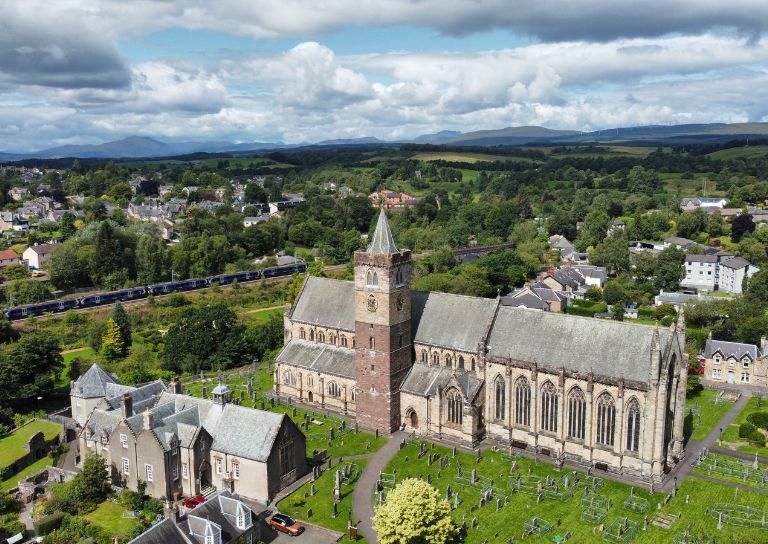
- SVE Inspire Awards September 2024
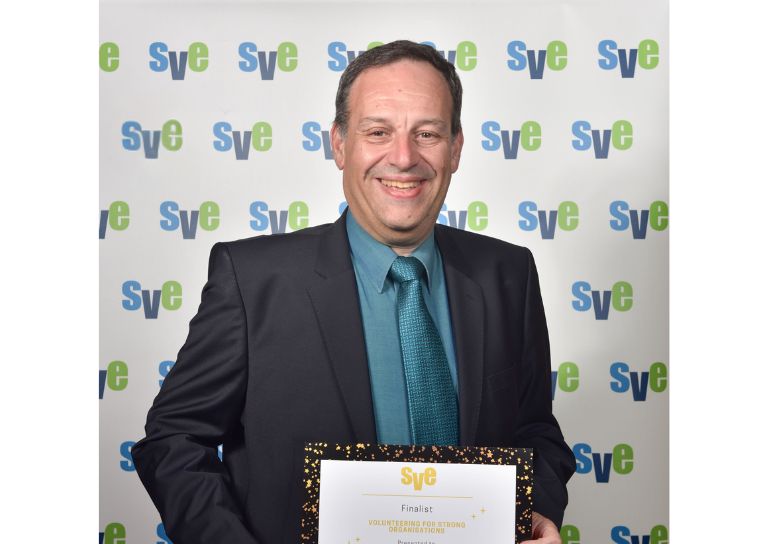
- Reminiscence Art Project
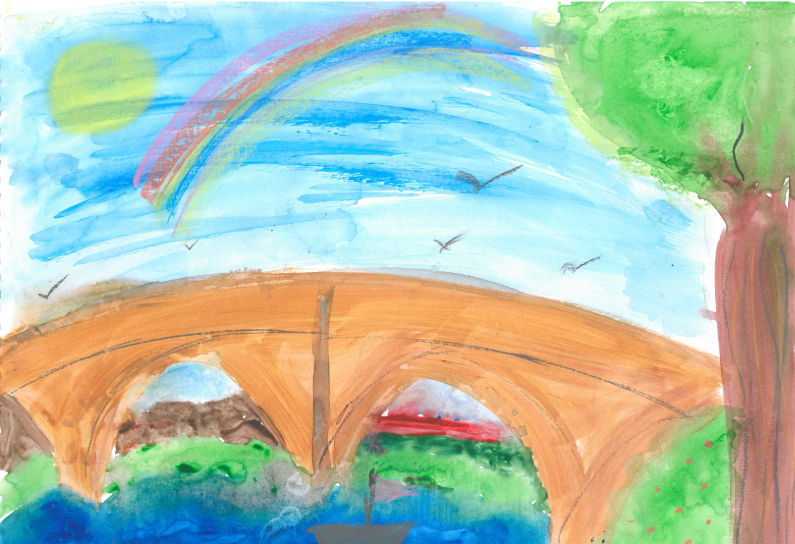
- On the European Stage: Preserving by Maintaining conference, Bratislava
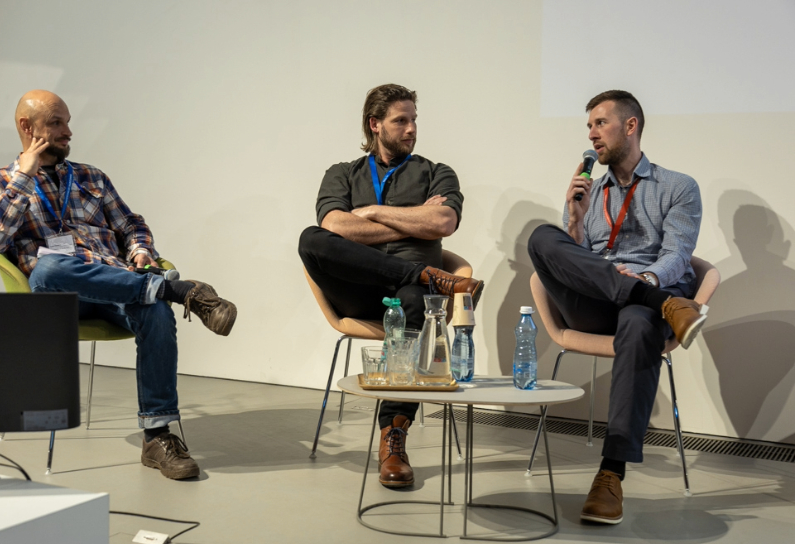
- The Abolition Movement in Stirling

- Shopping Arcades

- Retrofitting Traditional Buildings: Insulation

- Retrofitting Traditional Buildings: Climatic Adaptation
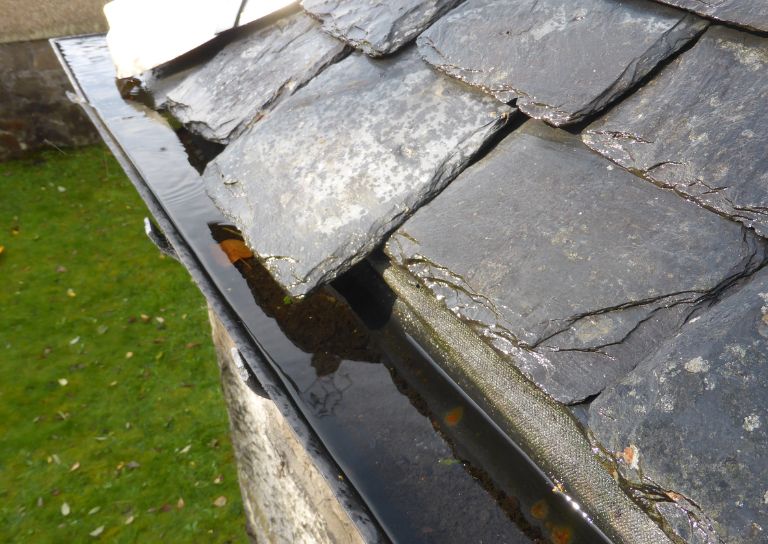
- Kings, Wolves and Drones: 20 years of care and repair at Stirling City Heritage Trust

- Practical Workshop on Retrofitting Insulation with A. Proctor Group
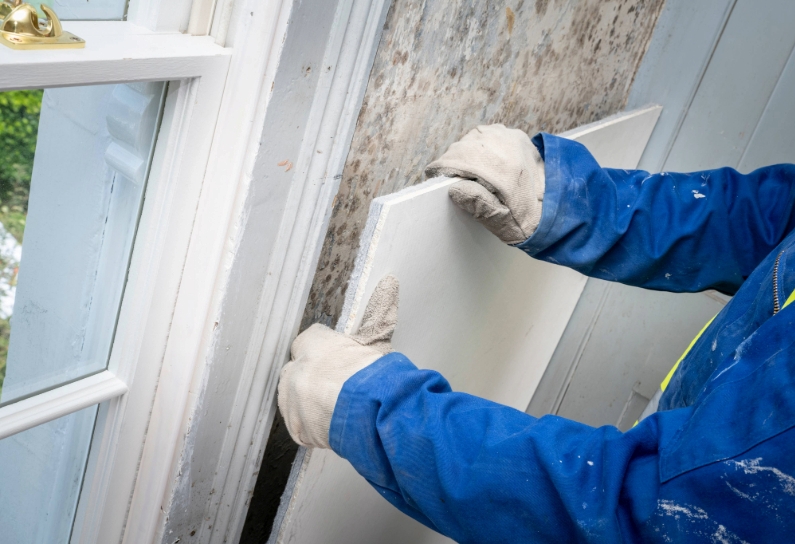
- Marking the 80th anniversary of VE Day
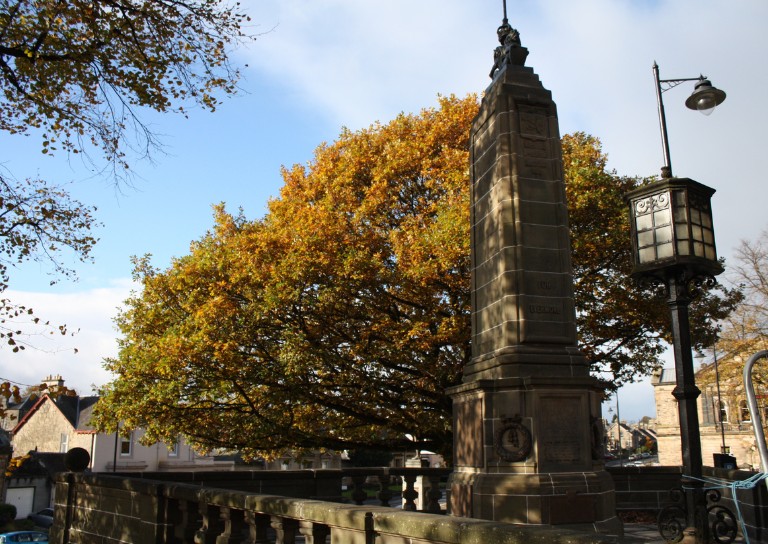
- Walker Family Visit

- Retrofitting Traditional Buildings: Fabric First

- Supporting traditional building repair in Stirling
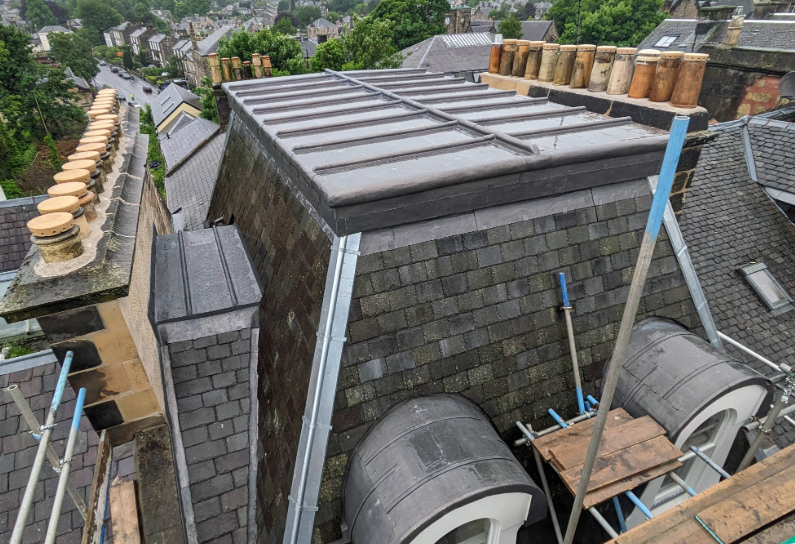
- Stirling's Historic Jails
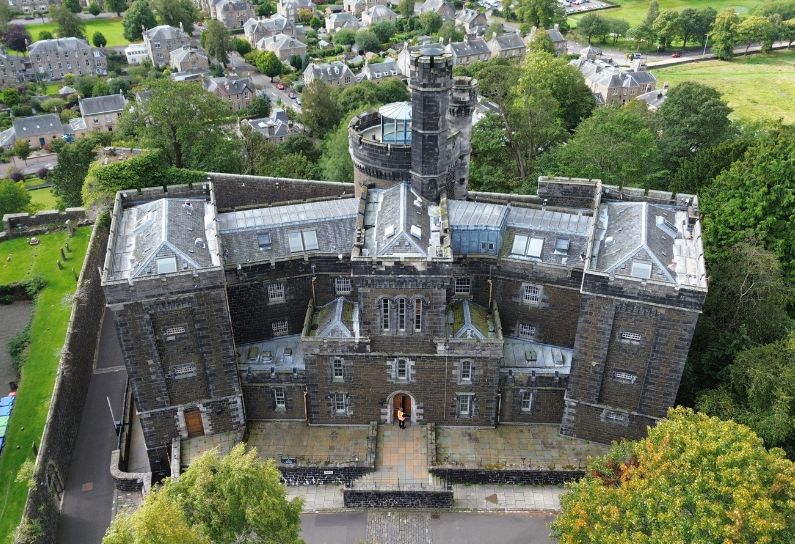
- Ghost Tales from Stirling

- Stirling Reminiscence Box

- Stirling City Heritage Trust at 20

- Retrofit Event: Meet the Suppliers

- Snowdon House and The West Indies

- Miss Curror and the Thistle Property Trust

- Dr Lindsay Lennie retires from Stirling City Heritage Trust
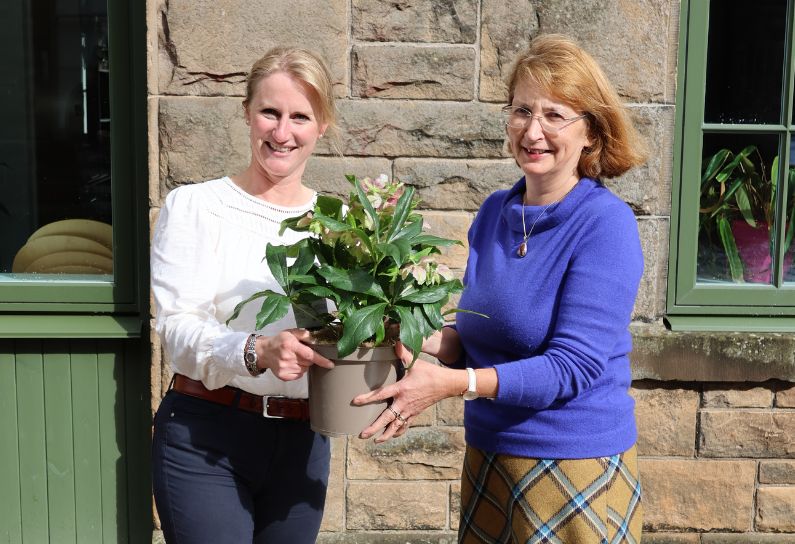
- Stirling’s Streetscape Stories: Photography Workshop

- Level 3 Award in Energy Efficiency for Older and Traditional Buildings Retrofit Course (2 Day)

- Stirlingshire’s Highland Games

- Creative careers in the heritage sector

- Postcards From Stirling

- Stirling’s Gala Days

- Building Surveying Student Intern at Stirling City Heritage Trust

- Heritage Trail: Stirling Walks

- Local History Resources

- Stirling Through the Decades

- Stirling’s STEM Pioneers

- Traditional Skills: Signwriting

- Christian MacLagan, a pioneering lady, but born too soon?

- Traditional Shopfronts in Stirling

- Stirling History Books for World Book Day

- My Favourite John Allan Building by Joe Hall

- My Favourite John Allan Building by Lindsay Lennie

- My Favourite John Allan Building by Andy McEwan

- My Favourite John Allan Building by Pam McNicol

- Celebrating John Allan: A Man of Original Ideas

- The Tale of the Stirling Wolf

- Stirling: city of culture

- Christmases Past in Stirling

- Stirling’s Historic Graveyards

- Top 10 Tips for Architectural Photography

- An Interview with David Galletly

- Springtime in Stirling

- The Kings Knot – a history

- A Future in Traditional Skills

- Robert Burns’ First Trip to Stirling

- Stirling’s Witches

- Stirling’s Ancient Wells

- An architecture student’s take on the City Of Stirling

- Ronald Walker: Stirling’s Architect

- Stirling’s Statues

- Stirling’s Wee Bungalow Shops

- Stirling’s Historic Hospitals

- Women in Digital Innovation and Construction

- Heritage at home: 8 of the best online heritage resources

- Stirling featured at virtual heritage conference

- Five of Stirling’s greatest John Allan buildings

- Women in Construction – Stirling event report

- Scotland’s trailblazing women architects

- Stirling’s Heritage: Spotlight on The Granary

- TBHC Scheme now open to properties in Dunblane and Blairlogie

- How drones help us inspect traditional buildings

- Hazardous Masonry & Masonry Falls

- Mason Bees: What’s the Buzz?

- Stirling Traditional Skills Demonstration Day Success!

- Floating Head Sculpture at Garden Glasgow Festival 1988

- The story behind Paisley Abbey’s Alien gargoyle

- Cambuskenneth Abbey

- Stirling City Heritage Trust Publications

- Sharing Memories: Taking '20 Great Buildings of Stirling' into the community

- William Wallace Statues In Stirling

- Coronations and Royal Christenings in Stirling

- The development of King's Park

- Energy efficiency project awarded grant from Shared Prosperity Fund

- Inspiring the Future: Stirling City Heritage Trust's Women in Construction Event at Wallace High

- Doors Open Days Talk: Who Built Stirling?

- 10 Years of the Traditional Buildings Health Check

- Growing up in Stirling: A Night of Reminiscence at The Smith

- SCHT visit to Brucefield Estate, Forestmill, Clackmannanshire

- Statement on Christie Clock

- Stirling’s Lost Skating Heritage

- Laurelhill House and the West Indies

- Beechwood House and the Transatlantic Slave Trade
- About Us

- Support Us

- Contact

Stirling’s STEM Pioneers

John Horne (1848-1928)
John Horne was a Scottish Geologist born in 1848 in Campsie in Stirlingshire. His parents were farmers, and he was educated at Glasgow High School and the University of Glasgow, where he was taught by Lord Kelvin, but he left university at 19 without graduating.
In 1867 he joined the HM Geological Survey and was apprenticed to Ben Peach, who would become his lifelong collaborator and friend. Horne wrote books on the geology of the Highlands, and was involved in mapping the Lowlands. Horne and Peach also wrote ‘Northwest Highlands Memoir’ together in 1907, with Horne becoming the manager of the Scottish branch of the Survey from 1901 until 1911.
Horne served as the President of the Edinburgh Geological Society and lived in the capital at 12 Keith Crescent, Blackhall. He died in Edinburgh in 1928, and a monument in his memory was erected in 1930 at Inchnadamph, a hamlet in Assynt. In 2001, statues of Horne and Peach were also installed at Knockan Crag in Ullapool.
Sir David Bruce (1855-1931)
Sir David Bruce was a Pathologist & Microbiologist who investigated tropical diseases. He was born in Australia in 1855 to a Scottish father, and returned to Scotland with his family when he was 5. He was educated at Stirling High School and the University of Edinburgh.
In 1883 he joined the Army Medical Service and was sent to Malta in 1884. When he arrived, he began investigating a mystery illness which many patients were suffering from in the island’s hospitals. Within 2 years Bruce had discovered the casue, Micrococcus melitensis now known as Brucella spp in his honour. In South Africa he discovered the Trypanosoma brucei which caused sleeping sickness in the early 1900s.
He retired in 1919 and died in 1931 on the day of his wife’s funeral.
Charles Randolph (1809-1878)
Charles Randolph was born in Stirling in 1809 and was educated at the University of Glasgow. In 1834 he set up a millwright’s business called Randolph, Elliot & Co. John Elder joined this partnership in 1852 and it became Randolph, Elder & Co., one of the most successful marine engineering and shipbuilding companies in the world.
Charles Randolph retired from the partnership in 1868, leaving John Elder as the sole partner. In 1886 William Pearce purchased the company and renamed it Fairfield Shipbuilding & Engineering Company after the old farm it was built on.
To find out more about Randolph’s legacy, you can visit Fairfield Heritage in Govan. This a community museum is housed in the former Engine Works and Drawing Offices of Fairfields. The building itself was designed by John Keppie of Honeyman and Keppie and Charles Rennie Mackintosh and was completed in 1891.
Alice Julia Marshall (1891-1987)
Dr Alice Julia Marshall was a pioneering woman in medicine. She was born at 31 Snowdon Place in Stirling in 1891, and her father was a local dentist. She was educated at the University of Glasgow, graduating with a degree in medicine in 1917. She carried out her Residency at the Glasgow Royal Infirmary, and after graduating joined the pathology department; specialising in gynaecological pathology and heart pathology.
Dr Marshall was also an educator; training junior pathologists, and editing the standard text-book on pathology at the time. In 1957 she also helped with the Mass Radiography Campaign in Glasgow, which x-rayed 714,915 people in a largely successful attempt to eradicate tuberculosis from the city.
John MacFarlane (1785-1868)
John Macfarlane was born in Stirling in 1785 and went on to become a successful textile merchant, spending much of his life in Glasgow and Manchester, but retired to Bridge of Allan as a wealthy man where he dedicated his time and money to local philanthropy.
In 1844 he opened the Macfarlane Gallery of Casts and Paintings in Bridge of Allan, which also housed his significant Natural History Collection, and in 1855 he established a free Library in Stirling. Macfarlane also donated funds to the building of Stirling High School and the Wallace Monument.
He died in 1868, but a new McFarlane Museum building was completed on Henderson Street in 1887, designed by Stirling architects William and Ebenezer Simpson and paid for using Macfarlane’s bequest. The collection was dispersed in the 1930s but the Hall remained in use as a concert hall, with The Beatles playing in 1963, until it closed in 1979.
You can visit his grave in the Old Town Cemetery at the Top of the Town, or the Category B Listed Museum Hall on Henderson Street, which has now been redeveloped into apartments.









